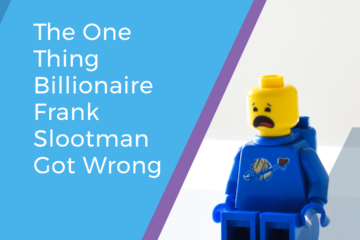
As CEOs have embraced the idea that the biggest and most profitable revenue opportunity is often in their installed base, they have “got religion” around Customer Success as a means to drive higher customer retention and more revenue expansion – in other words, more “renewals” and more “upsell.”
But let’s parse what we mean by that second term and what the implications are on how to do upsell well. If you ask CEOs what upsell means to them, it means anything from:
- A customer paying more for the same service
- A customer adding one user or license
- A customer adding a bunch of licenses
- A customer adding a new product module
- A new stakeholder buying a product
- A new division buying a product
From super-sizing your fries to getting floor mats on your new car to buying a bigger island, upsell covers a lot.
But the problem is, if everything is upsell, it’s hard to determine how to handle upsell. Who should do the upsell? Who gets comped on it? How do you comp? These questions are impossible to answer if upsell is such a big bucket.
As such, I propose an expansion taxonomy:
- Price Increase: Same business unit, same economic buyer, same products, same licenses – just more money.
- Small Upsell: Same business unit, same economic buyer, same products, small number of additional licenses.
- Big Upsell: Same business unit, same economic buyer, same products, big number of additional licenses.
- Cross-sell: Same business unit, same economic buyer, new products
- Cross-stakeholder sale: Same business unit, new economic buyer
- Cross-division sale: New business unit
Then questions become easier to parse – e.g., “who should do upsell?” Some might answer it like:
- Price Increase: Specialized renewal rep, Account Manager or Customer Success Manager
- Small Upsell: Ditto, and define a line for easy upsell
- Big Upsell: Define a line above which it goes back to Sales
- Cross-sell: Sales
- Cross-stakeholder sale: Could be an AM, CSM or Sales
- Cross-division sale: Sales
Similarly, you could report on each of these separately with all of them adding up to your expansion number.
Finally, the levers for each are totally different:
- Price Increase: Contractual terms or limits on price increases; investment in R&D to justify price increase; market competitiveness
- Small Upsell: Ease of adding licenses; whitespace in stakeholder
- Big Upsell: Whitespace in stakeholder
- Cross-sell: New product development
- Cross-stakeholder sale: Number of stakeholders you appeal to
- Cross-division sale: Number of business units within the customer
In short, not all upsell is created equal, but lots of upsell equals lots of profits.



